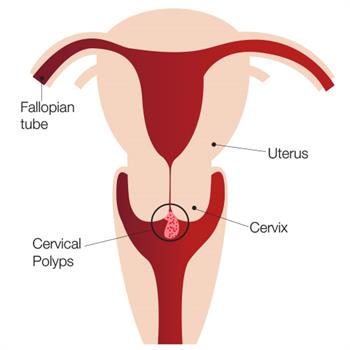Cervical Cancer Screening 101

The basics
The cervix, also known as the neck of the womb, is the lowest part of the uterus where it meets the vagina.
It contains two types of cells called squamous and glandular cells. Changes in these cells can be detected under a microscope in the lab. A cervical screening test allows the doctor to assess whether further tests and treatments are required.

A normal result means that the risk of cervical cancer or pre-cancer being present is very low. An abnormal result means that further examination and assessment of the cervix is required. Regular testing is required because the cells within the cervix can change over time.
A vaginal examination allows the doctor to see the cervix and take a sample for testing.
The facts
Cervical cancer is the fourth most common cancer affecting women worldwide.
Approximately one third of eligible Singaporeans have either never been screened or have not received screening within the last five years. Fewer than 10 per cent of girls in Singapore have received their second dose of HPV vaccine. Cervical cancer is considered to be preventable if vaccination, screening, and treatment are effectively delivered.
How can cervical cancer be prevented?
Cervical cancer is preventable due to its extensive research on the causes and effective initiatives to prevent, screen, and treat the disease.
The World Health Organisation (WHO) has developed the Cervical Cancer Elimination Initiative, a strategy with the ambitious aim to eliminate cervical cancer. The three pillars are:
One – Prevention
Prevention is better than cure. The best way to protect against the disease is to provide immunisation against its cause. The human papillomavirus (HPV) has several high-risk subtypes that can cause cervical cancer. A proven vaccine, such as Gardasil-9 reduces the likelihood of high-grade disease of the cervix and therefore reduces the risk of cervical cancer development.
Two – Screening
Screening tests aim to detect the presence of high-risk HPV and a microscopy test to identify abnormal cells (cytology). As the most significant abnormalities are caused by HPV, it is important to consider both tests. HPV screening and the cytology test can be done on the same Pap smear sample.
Three – Treatment
If vaccination and screening have been carried out effectively, precancerous cervical abnormalities can be treated. The loop electrosurgical excision procedure (LEEP), or large loop excision of the transformation zone (LLETZ), is highly effective at removing abnormal cells within the cervix. If cervical cancer is identified early, it is more likely to be treatable.

In Singapore, the government has a national screening programme, which is subsidised for citizens. This screening programme, Screen for Life, is in line with many similar screening programmes internationally, starting from 25 years old with regular screening appointments until 69 years old.



